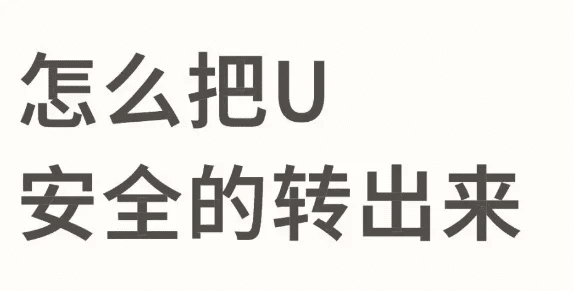Making money in the crypto space is difficult, and securing several million in funds is even harder. One wrong step in withdrawing funds could mean 'winning the market but losing the principal'. Here’s a practical risk avoidance system, with key steps broken down as follows:
1. Platforms and Merchants: Control risks from the source
Choose T+1 top platforms (Binance, OKX compliant areas): funds can only be withdrawn 24 hours after arrival, making it less likely for those holding dirty money to participate, thus reducing risk from the source. Avoid niche platforms with 'instant deposits + anonymous transactions' as they are often hotspots for dirty money.
Select 'well-established' merchants: prioritize those registered for over 3 years and with a cumulative trading volume of over 1 billion USD. Merchants with long-term survival have mature risk controls, and the likelihood of card freezing is 80% lower than that of new merchants. Avoid being tempted by 'high premium + zero negative reviews' from abnormal merchants, as they are often short-term volume-filling accounts that hide traps.
2. Timing and Price: Don’t lose big over small details
Operate during weekdays: Monday to Friday from 9:00 to 17:00 is the safest, as banks and platform customer service are online and can address issues promptly. Avoid late night and holidays; customer service response is slow, which may lead to missing the best resolution time.
Don’t get hung up on a 1% price difference: with several million in funds, a 1% difference could mean losing tens of thousands, but a frozen card could lead to complete loss. If you encounter quotes from 'old merchants + large transaction volumes', even if they are 1% lower, choose them decisively. Be wary of 'single transactions over 1 million' and demand 'independent settlement for each transaction' to avoid mixing in dirty money.
3. Process Details: Plug the loopholes
Be clear when placing orders: leave a message stating 'real-name personal card payment, name XXX, non-real-name payments will be refunded via the original route', forcing merchants to use compliant accounts for payment.
Verify immediately upon receipt: the payer’s name must match the merchant's real name, and the notes must not contain sensitive words like 'virtual currency' or 'U'. If you find 'non-real-name' or 'corporate payments', refund via the original route within 24 hours without hesitation.
4. Card management: Make cards 'active'
Use regularly active cards: bind to WeChat/Alipay, have monthly spending records (buying milk tea, topping up phone credit), avoid 'sleeping cards' or 'zero-balance cards'—a sudden large deposit will be 90% likely to be temporarily frozen by the bank.
Have several cards ready: pair with 1-2 local bank cards (risk control is more lenient than large banks), make small transactions or transfers with the target card three days before withdrawal to allow the bank to classify it as a 'normal account'.
5. Splitting large amounts: how to operate with several million in funds
500,000 to 2 million: split across 3-5 cards, with each single transaction not exceeding 500,000, spaced 2-3 days apart, and transfer to the main card 48 hours after receipt.
Over 2 million: use a 'transition card + main card' two-tier system: 5 transition cards each receive 200,000 to 300,000 (spaced 3 days apart), stay for 5 days before transferring to the main card, with the main card not withdrawing more than 500,000 per month.
Final reminder: Don’t do 'small tests'
Lessons from veterans: transferring 100 yuan to 'test if the card works' could get flagged by the bank's anti-money laundering system as a 'suspicious pattern', increasing the chance of card freezing by 300%. If in doubt about the card's safety, directly switch to an active card without testing.


